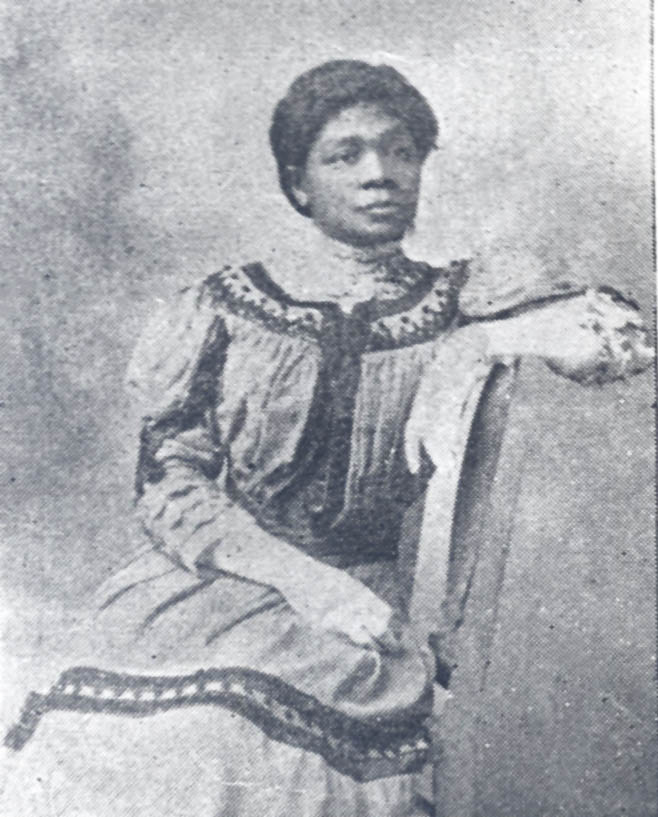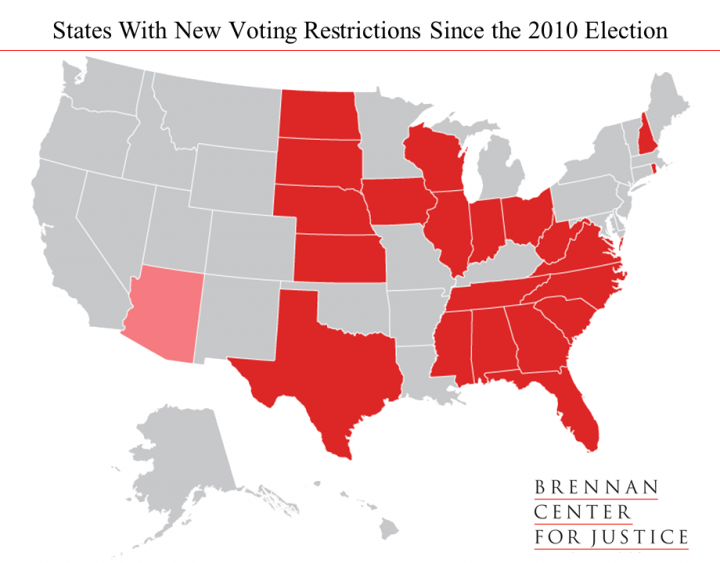August 26th of this year marked the 95th anniversary of the 19th amendment being officially added to the U.S. constitution:
The right of citizens of the United States to vote shall not be denied or abridged by the United States or by any State on account of sex.
This historical event was celebrated on Wednesday, with many referring to it as “Women’s Equality Day.” While undoubtedly the right to vote is one of many rights that ladies like me can now enjoy thanks to the hard work of people before me, the phrase “Women’s Equality Day” gives me some pause.
I realize “Women’s Equality Day” is supposed to have a rhetorical effect that incites pride in progress and good ‘ol American democracy. I appreciate the sentiment, but I couldn’t help but think that, surely, we all know there is still a lot of progress to be made if we are even going to scratch the surface of gender equality.
I could get into the wage gap between women and men and the higher prevalence of poverty for women. I could get into the disparate portrayals of men and women in the media. I could get into the pervasiveness of domestic and sexual harassment and violence against women and girls, and the rape culture that permeates this and every country on earth. I could get all the attacks on our healthcare and reproductive freedom. I could get into the lack of paid maternity leave in the U.S. I could get into how all of these things disproportionately affect women of color. I could get into how all of these things disporportionately affect undocumented and migrant women. I could get into how all of these disproportionately affect trans women and people of diverse genders and sexualities. I could get into a lot of things.
I guess I am saying that we should consider being a little more thoughtful when throwing the word “equality” around. It seems hyperbolic and euphemistic to use in this case, at best.
As for the 19th amendment, it didn’t actually end voting discrimination on the basis of sex. In practice, it really only eliminated it for white women.
By the early 1900s, activists of color already had a long legacy of advocacy for abolition, civil rights and suffrage. Women’s clubs and associations made enormous strides with regard to winning the right to vote at the state level. While the more ‘mainstream’ white suffragettes took a gender-segregated and white supremacist approach to their activism—essentially looking to gain voting rights for white women instead of black people and refusing to collaborate with women activists of color—suffragettes of color also sought to dismantle a racial hierarchy rooted in oppression and slavery.

Even though voting discrimination on the basis of sex was outlawed in 1920, in reality it wasn’t until the 1960s that all U.S. citizens had a legally protected right to vote. Throughout the 1920s state laws and local practices effectively prohibited many black people and other people of color from voting. It would be a few more years until Native American women would be able to vote; before the passage of the Indian Citizenship Act in 1924, they were almost never counted as U.S. citizens unless through a marriage or military service exception. (I hope the irony isn’t lost on you.) A couple of years later, voting rights were extended to include Asian-Americans, the delay in which largely due to the ongoing legacy of the virulently racist Chinese Exclusion Act of 1882, which cut off and limited Chinese and other Asian people’s immigration and access to citizenship and remained in effect until the 1940s. Full voting rights were on the laundry list of demands by Chicano, African-American and other activists during the civil rights era that was most salient in the 1950s and 60s. The Voting Rights Act of 1965 was passed because there were still so many obvious barriers inhibiting people of color from voting that racial discrimination needed to be legally addressed again on the federal level. Such barriers included contradictory state laws, long wait times even just to register, taxes, ‘literacy’ tests, and harassment and threats.
So today, all citizens technically have a legally protected right to vote, but can we really say that there is full, equal access to voting for all citizens? Even with the 15th and 19th amendment and the 1965 Voting Rights act and other protections, there continues to be undue burden for certain people to be able to fully exercise their rights to vote, as well as increasing restrictions. It remains particularly difficult for the economically disadvantaged, younger voters, the elderly, the incarcerated and formerly incarcerated, and other marginalized people—the kind of people who are already scarcely considered by policymakers.

I do not mean to totally discount the importance of he 19th amendment or the use of laws to bring us in the direction of justice. I also know that laws aren’t the end-all-be-all of justice and democracy and that there is still work to do.
I find that a frightening amount of people assume the right to vote is inalienable, and that ‘real’ race and gender based oppression is behind us. I find a lot of people think all the hard work is done, and that we should just be grateful for what we have and stay quiet. As innocuous and pleasant that this “Women’s Equality Day” is meant to be, its message whitewashes a complex history and and is complacent in erasing the need to continue fighting for true democracy and liberation.
We’re doing better, but we can do better and people are still fighting to take us there. I hope we can celebrate our successes while keeping a historical eye, learning from our mistakes and always being collaborative and intersectional, or else our revolution will be bullshit.